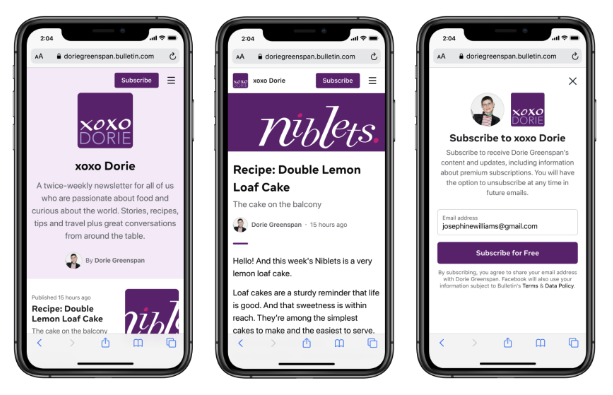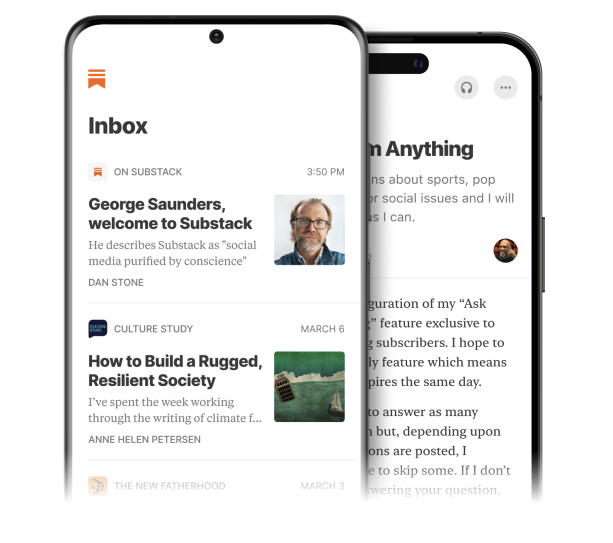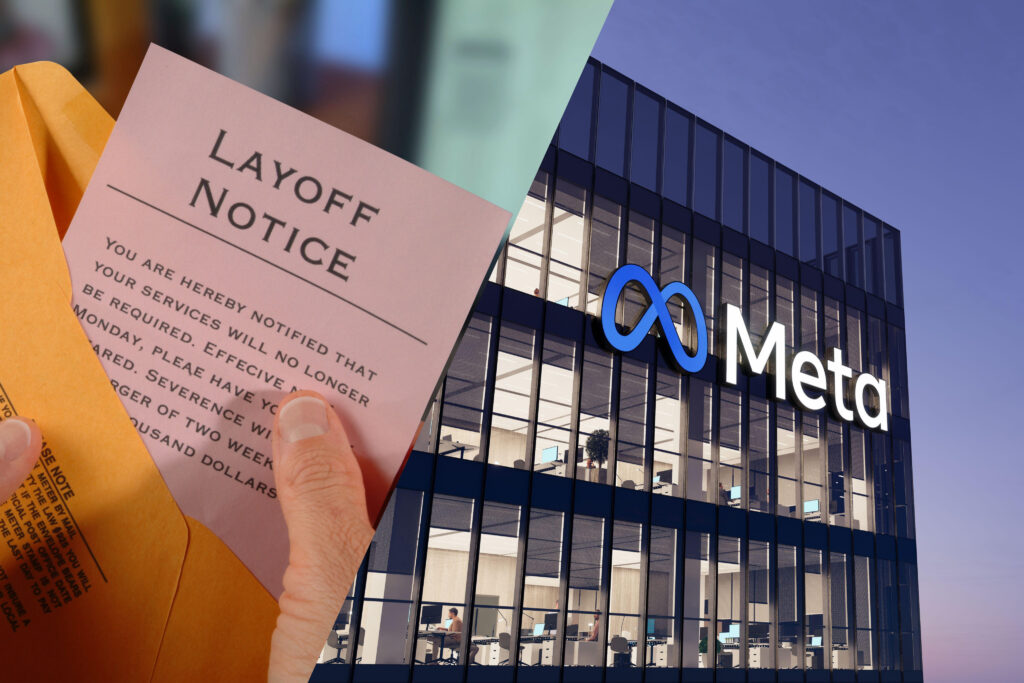
According to foreign media such as the New York Times (NYT) and the Wall Street Journal (WSJ) on the 4th (local time), Facebook notified writers that it would terminate the “Bulletin” service in January next year.
‘Bulletin’ is a newsletter service launched by Facebook in June last year to help journalists and writers earn subscription income. Facebook has signed multi-year contracts with former CNN correspondent Jessica Yellin, broadcaster Erin Endrus and author Malcolm Gladwell.
Facebook said it will pay full compensation to the contracted author, and that writers may move their newsletters to other platforms to take a list of subscribers. “We are committed to supporting writers through this transition,” Facebook said in a statement.According to Facebook, Bulletin had more than 1 million free subscribers by this summer. In July, the WSJ reported that Facebook is expected to end its Bulletin service, moving the manpower and resources deployed in Bulletin to the news section.
“The newsletter boom is over. What’s next?”
This is the title of an article published by the U.S. Internet media VOX on the 3rd. This article recalled a time when the newsletter boom occurred between 2020 and 2021, and newsletter platform Substack emerged as a popular platform, and Facebook and Twitter also said they would provide newsletter functions. Things are different this year. Substack said on June 29 that it would cut 13 employees, or 14% of its total employees, to prepare for the economic downturn. Substack explained that the move is aimed at reducing dependence on attracting investment in the future due to the economic downturn.On July 19, Facebook announced its strategy to remove support from Facebook news and newsletter platform “Bulletin” and grow short video content creators like “TikTok.” In the case of Facebook’s Bulletin, it is a paid service that subscribes to newsletters written by emerging and independent writers, creators, and journalists. When Facebook launched the service last year, it recruited famous journalists, including former CNN reporters, as content providers, but made a decision to change the flow in a year. Twitter has not revealed any further plans for the newsletterThat doesn’t mean that the newsletter has disappeared,” he said, conveying cases that are still popular and profitable. However, it is said that it is time to think about profits and sustainability through newsletters and make changes.

Another U.S. media Insider also published an article on the 8th, saying, “The newsletter boom is faltering as platforms such as Substack and Facebook are moving away from aggressive hiring of writers and changing their strategies.” These articles commonly tell the story that Substack, which used to aggressively bring in famous writers and publish newsletters, failed to expand its funds and eliminated the plan of famous writers to recruit additional writers.

Facebook is also moving in the direction of supporting creators who will create short form content “Reels,” which became popular on TikTok rather than newsletters, which is clearly different from the atmosphere between 2020 and 2021Some say that new attempts to meet readers through newsletters will be meaningful even if the investment in newsletters or aggressive expansion period is over. “In these times, we need to return to our own role model of newsletters,” he said. “Newsletters have their strength as media that can meet customers in person without being dominated by existing platforms.” The dominant share of portal sites should be approached with expertise. I think a more in-depth approach is needed with professional content, not with various contents.
JENNIFER KIM
ASIA JOURNAL

